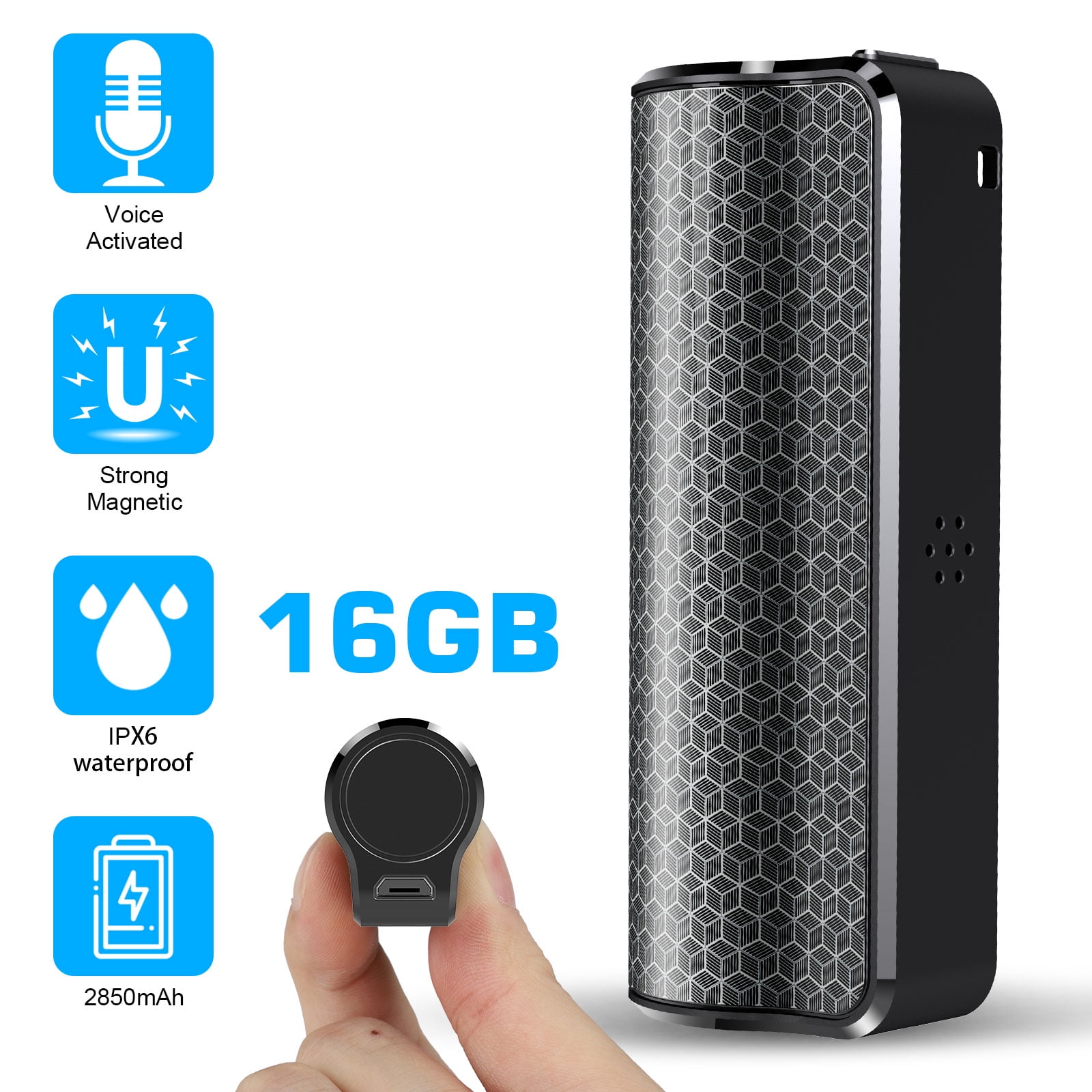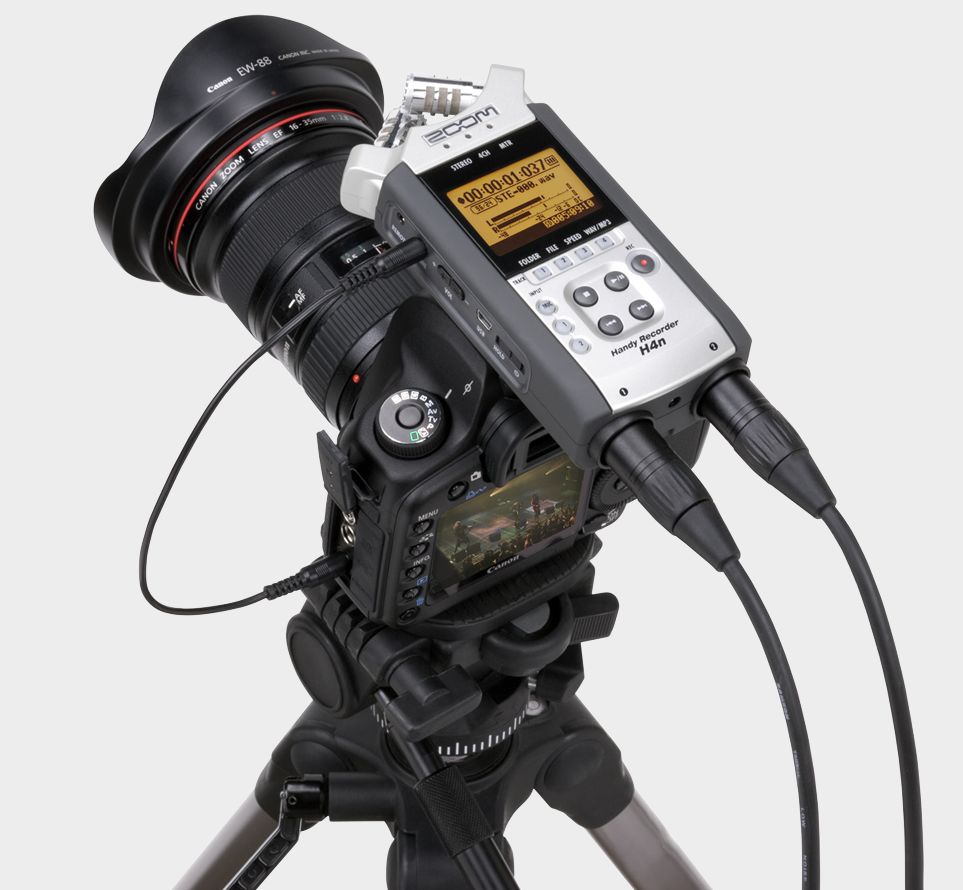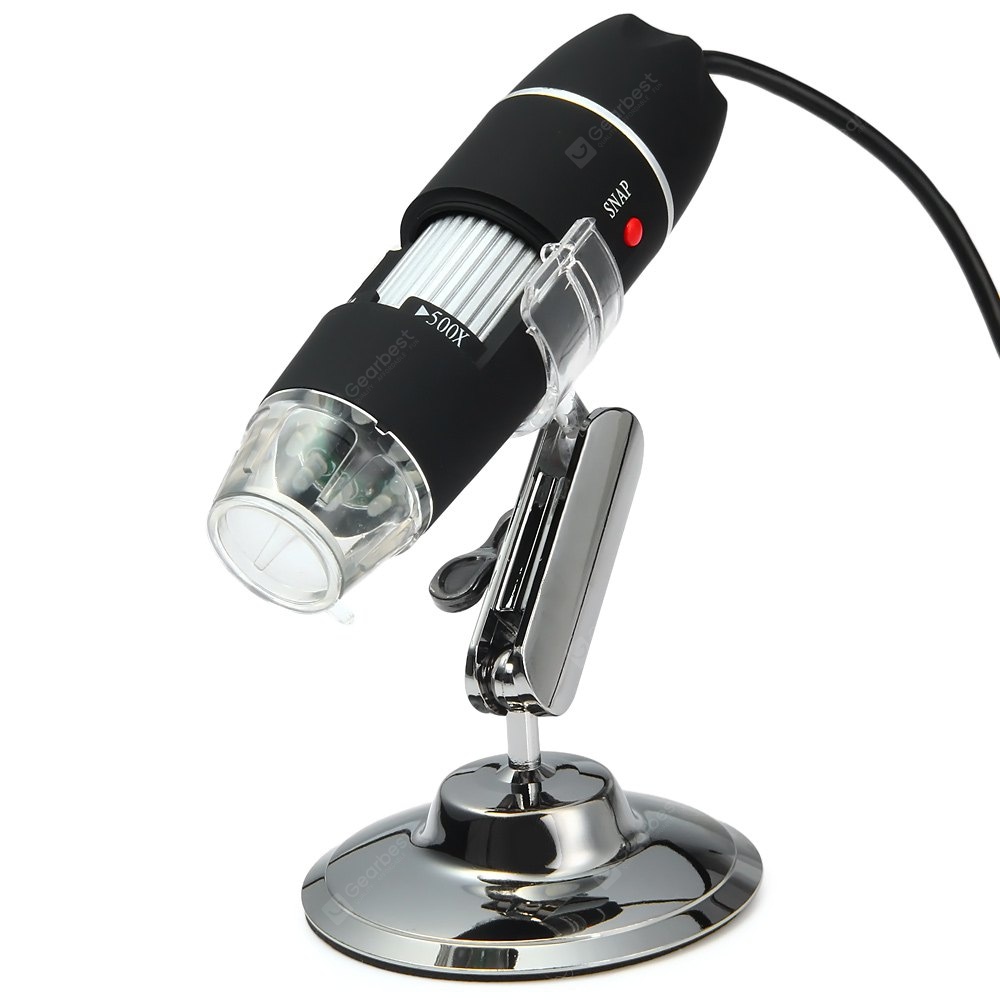

This will automatically align with any changes you make to the default system audio output device. Tip: The “Same as System” audio device configures your computer to use the system default audio output device. Use the “Volume” slider underneath the dropdown box to configure the output volume. In the “Speaker” section, use the dropdown box to select the audio output device you want to use. Once in the settings, switch to the “Audio” tab.

To access Zoom’s settings, click on your user icon, then on “Settings” in the dropdown menu. To access the settings, click on your user icon in the top-right corner, then click on “Settings”. To configure your Zoom audio output settings, you need to open Zoom’s settings. Your microphone will still pick up music played from your speakers, even if you can’t hear it through the headphones your Zoom call audio is using. Tip: If you do configure Zoom to use a different audio device, you should be aware that your microphone could still pick up other audio being played from other devices. This means you can configure your system sounds to keep playing through your speakers, while also having your Zoom call audio being played out of your headphones.Ĭonfiguring Zoom to use a different audio output device allows you to have two distinct audio streams, potentially allowing someone else to keep listening to music or playing a game while you’re on your call. Alternatively, Zoom allows you to manually specify what audio output device you want Zoom’s audio to come out of. To achieve this, you could change your system default audio output device to be the device you want to use. You may want Zoom to play audio through a headset, or earphones for example.

This isn’t necessarily what you want all the time though. This means if you normally hear sound out of your speakers, then Zoom will use your speakers. By default, Zoom plays audio through your default system audio output device.


 0 kommentar(er)
0 kommentar(er)
